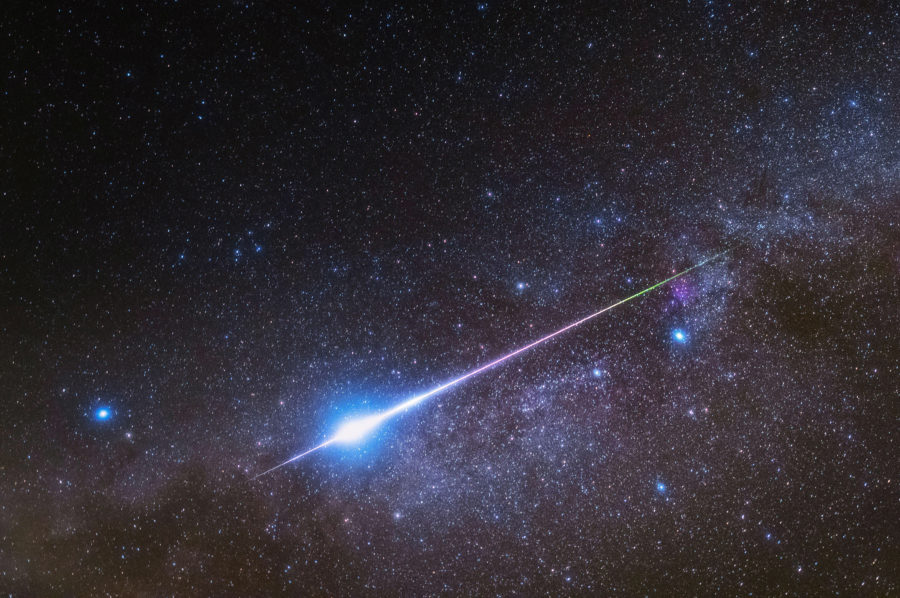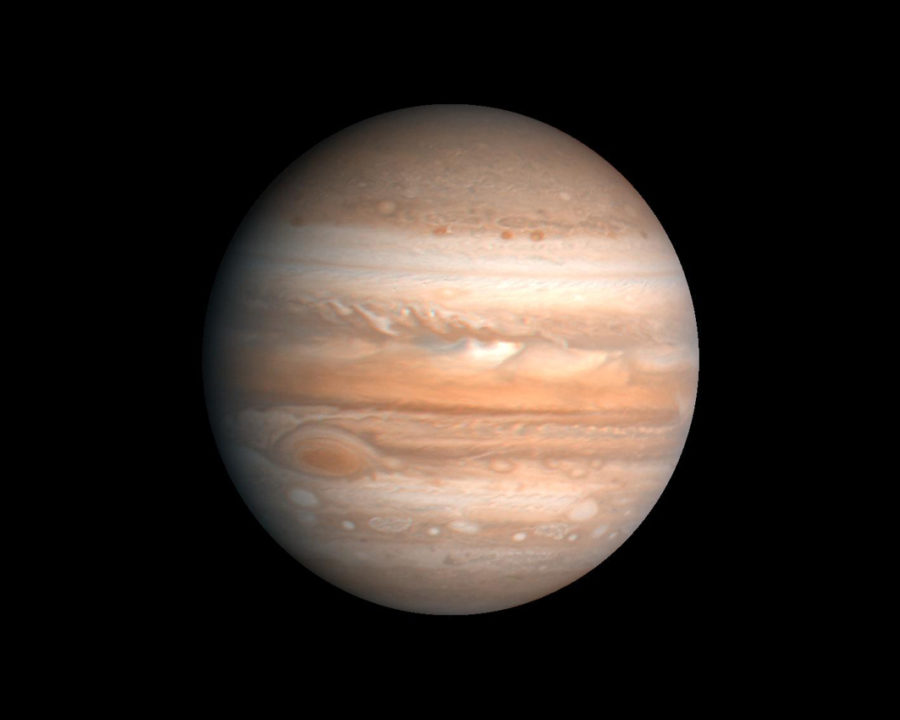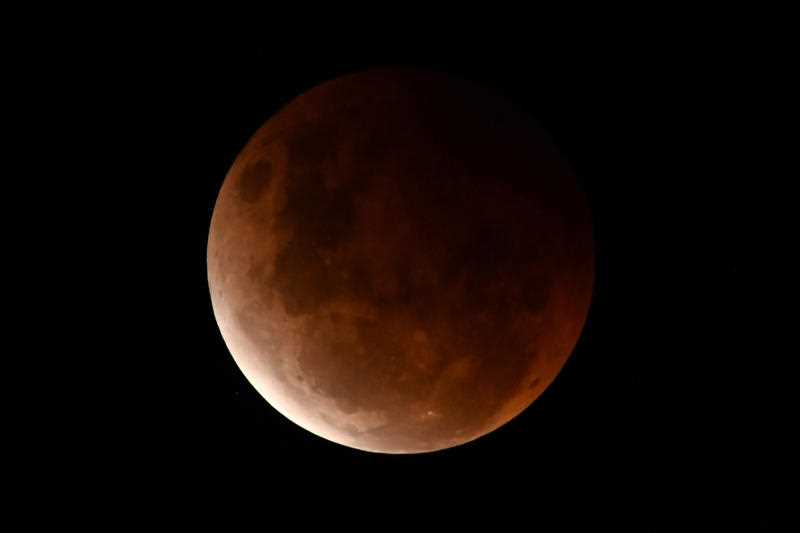Don’t miss these spectacular astronomical light shows

We’ve already been spoiled this year when it comes to astronomical events playing out in the skies above.
From Australia, we’ve seen the Eta Aquariiid meteor shower, got a a glimpse of a fragment from a dying comet, witnessed five planets align, and admired a bunch of supermoons and moon illusions.
But there’s still plenty to look forward to.
Here’s when to turn your eyes to the sky:
August
Sturgeon supermoon
11-12 August
The Sturgeon Moon rounds out this year’s parade of four supermoons, which started in May.
It will be visible from the evening of August 11, and peak on August 12, at 11:35am AEST.
Don’t be put off by its mid-morning debut – the supermoon will still be shining as the sun sets on Australia.
Perseids meteor shower
12–13 August
One of the best-known meteor showers, Perseid, puts on a good show every year, raining down shooting stars.
Visible from 17 July to 24 August, it peaks on the evening of 12 August, and into the following morning.
At this peak it produces up to 60 meteors per hour.
“The meteors are tiny fragments, mostly smaller than a grain of rice, that burn up in the atmosphere of Earth,” explains Macquarie University astronomer Professor Orsola De Marco.
“The Perseid meteor shower happens each August as Earth passes through the trail of debris shed by the Swift-Tuttle comet, an icy ball of rocks and gas 26km wide made up of remnants of the formation of our solar system, which last crossed Earth’s orbit in 1992, and returns every 133 years.”
Unfortunately, Perseid coincides with a full moon in 2022, making it less visible from Australia this year.
Nevertheless, look up 3am (AEST) on August 13 for the best chance to see it.
September
Jupiter makes closest approach to Earth since 1963
26 September
Jupiter will reach opposition, making the planet appear larger and brighter in the sky than any other time year.
But while opposition occurs every 13 months, what makes today (26 September) so special is that it coincides with Jupiter also making its closest approach to Earth since 1963.
October
Orionids meteor shower
25 October
Earth intersects with the trail of the famous Halley’s comet twice per year in May and October.
While the October pass-through (Orionid) produces less meteors than the May event, they are usually very fast and bright, making them great to watch.
This year’s Orionid meteor shower peak coincides with a new moon. This means a dark sky and great viewing conditions if the night is clear.
November
Total lunar eclipse/ Blood Moon
8 November
On 8 November there’ll be a total eclipse of the Moon visible from Australia.
From the east coast the main shadow crossing will be underway by twilight’s end.
The total eclipse will be 8.16pm–9.42pm AEST with maximum eclipse at 8.59pm AEST (9.59pm AEDT).
Central Australia will miss the early part of totality, with WA only catching the end.
“A lunar eclipse is the opposite of a solar eclipse, because it involves the Earth casting its shadow onto the moon, and by comparison the earth casts a very large shadow,” explains Professor De Marco.
“The orbits line up so that, from this tiny area on the planet that we are viewing from, we can see that the Sun is behind the Earth, the Earth is in the middle and it is blocking the Sun’s light from reaching the lunar surface.”
December
Geminids meteor shower
14 December
Every year in mid-December, our skies light up with what’s often called ‘The King’ of meteor showers, the Geminids.
At its peak, the shower produces up to 150 meteors each hour.
This year the peak will occur at around 11pm (AEST) on 14 December.
“The Gemind shower is one of the few [meteor showers] that doesn’t involve a comet. Instead, this debris trail comes from the near-earth asteroid 3200 Phaethon, which ranges between the orbits of Mercury and the Asteroid Belt, trailing dust and rock fragments across Earth’s orbit each December,” explains Professor De Marco.




